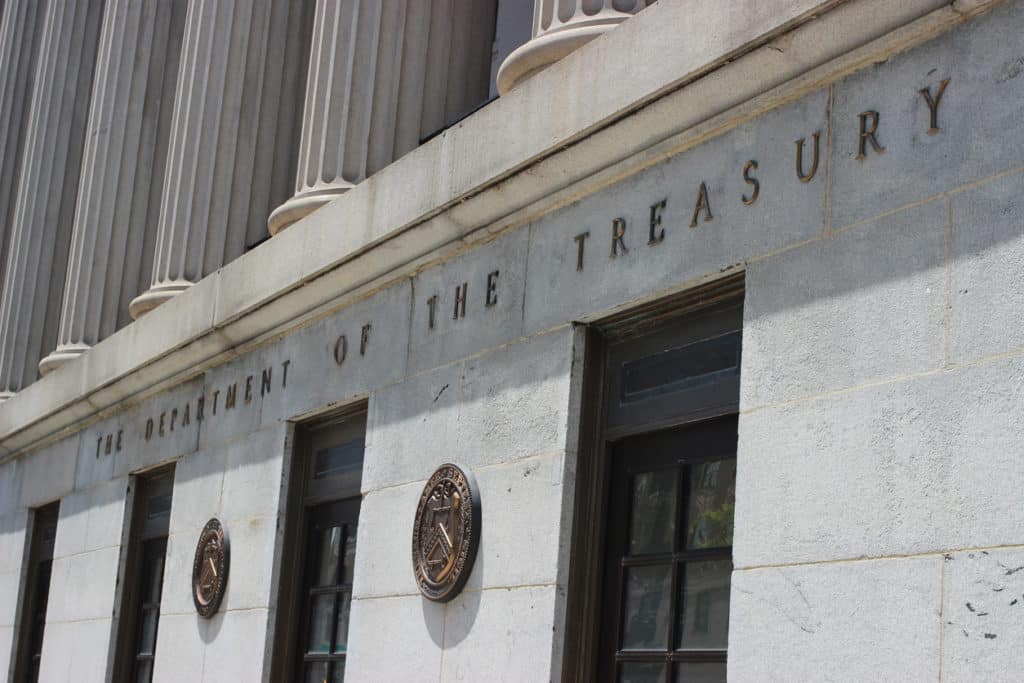
ISDA Chief Executive Officer Scott O’Malia offers informal comments on important OTC derivatives issues in derivatiViews, reflecting ISDA’s long-held commitment to making the market safer and more efficient.
When it comes to the Securities and Exchange Commission’s (SEC) US Treasury reforms, one thing is very clear: there’s an awful lot to do and not a lot of time to do it. From the development of documentation to the recalibration of certain capital rules, there’s an enormous laundry list of tasks that needs to be worked through – something that will require time and a collective effort from the entire industry.
The SEC finalized its regulations last December, which include a requirement to clear certain Treasury cash transactions from December 31 next year and Treasury repos from June 30, 2026. Among other things, market participants will need to assess existing and future clearing models to determine which best suits their needs. Legal documentation will need to be developed, negotiated and executed, and regulatory-compliant structures for the segregation of client margin will need to be put in place and tested. All of this work comes against a backdrop of concern about the need to maintain and enhance market liquidity, particularly during periods of stress.
For our part, ISDA will continue to engage closely with members and regulators and assist with implementation where we can. SIFMA is leading the work to develop the documentation, and we’re participating in that working group. ISDA is also providing input on the optimal clearing models. We’ve published a comparison of various clearing models for US Treasury transactions and derivatives that will be updated as new models emerge, and we recently submitted responses to the SEC on proposed rule changes by the Fixed Income Clearing Corporation (FICC) – one on clearing models and margin segregation and one on trade submission requirements.
Solving these legal and operational issues will be critical, but it’s also important that the US prudential framework is calibrated so it is risk appropriate and supports market liquidity.
One example is the lack of recognition in the revised US capital framework for cross-margining programs, such as the one offered by FICC and CME Group for transactions based on US Treasury securities and interest rate futures – an issue ISDA is exploring in partnership with FIA. These services allow firms to obtain initial margin efficiencies from offsetting trades in a portfolio of transactions, but there are no commensurate benefits from a capital perspective under the standardized approach for counterparty credit risk. As more Treasury securities and repos are cleared as a result of the SEC’s rule, a lack of recognition for cross-margining will constrain bank balance sheets and limit their ability to offer client clearing.
ISDA has also worked with SIFMA to propose several calibration changes to the Basel III endgame proposals and the surcharge for global systemically important banks (G-SIB) to ensure the rules do not disproportionately hamper the ability of banks to act as intermediaries. These include changes to certain aspects of the rules for credit valuation adjustment and modifications to the complexity and interconnectedness categories of the G-SIB surcharge, following analysis that the current proposals would increase capital for client clearing businesses at US G-SIBs by more than 80%.
That’s on top of a letter we sent to US prudential regulators earlier this year drawing attention to the fact that the non-risk-based supplementary leverage ratio (SLR) may impede banks’ capacity to participate in US Treasury markets and facilitate access to cleared markets, especially during periods of stress. We believe this is something that should be carefully assessed by regulators.
All of these issues need to be resolved before we’re in a position to implement Treasury clearing safely and efficiently. The question is whether they can be completed in the time available, and this is something we’ll be discussing with members in the coming months. In the meantime, we encourage all market participants to engage with the relevant working groups at ISDA or elsewhere – everyone will need to work together to get this done.
Source: ISDA






